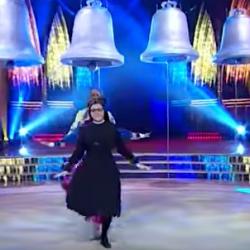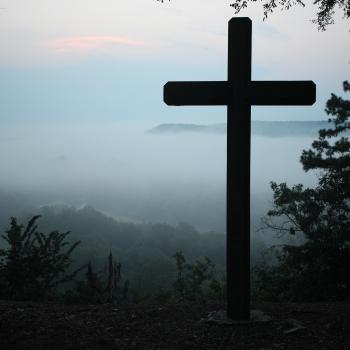The always-interesting Msgr. Charles Pope found the video below, and posted it yesterday, along with some intriguing information about the importance of sisters wearing the habit.
First, the video:
It is clear that the orders that preserve the wearing of the habit along with common life, common prayer, and a focused apostolate are doing better, some quite well, with vocations. Orders that have set aside the habit are largely dying out. It is not the habit alone, I am sure, but the habit (or lack thereof) does signify something important about the health of the religious community.
What is the purpose of a religious habit? Religious life is not hidden, neither is it occasional. To enter the priesthood or religious life is to publicly accept the consecration of one’s whole self to the service of God and neighbor. That is why the most traditional religious garb covers the whole body. It is more than a tee-shirt, a hat or an emblem of some sort. It is a covering of the whole body to indicate the entirety of the consecration.
Further, each habit is distinctive since each religious community has a particular charism or gift by which they collectively serve the Church. Religious and priests do not merely consecrate themselves for their own agenda. Rather they join others with a similar and proven charisms in communities recognized by the Church.
The word “habit” also suggests that religious life and priesthood are not an occasional activity, or even a 9 to 5 job. The are the habitual identity and life of the one who receives the call. That is also why the habit is usually worn at all times.
The widespread disappearance of clerical garb and religious habits back in the 1970s was a disturbing trend. Many religious and priests no longer saw themselves as set apart, as distinctive. Many wanted to blend in and also lost a sense of the charism of their order. Many also preferred anonymity since it made them less busy and they no longer had to live as “public” people. However, many newer orders have emerged which once again wear the habit faithfully. Further, many older orders either never wholly abandoned it or have re-emphasized its importance. This is praiseworthy. If you are a lay person, encourage priests and religious as you see them about bearing witness to the their consecration by the way they dress and reminding others of God and the Kingdom of God.
He also directs readers to this website, which has a library of photographs of traditional habits.
RELATED:















